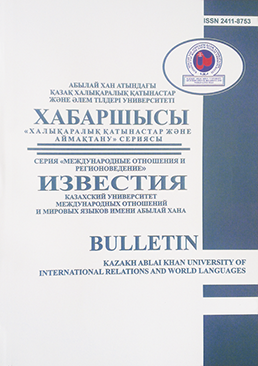HISTORY OF CHINA AND MONGOLIA AND ITS IMPACT ON THE DIPLOMATIC RELATIONS
DOI:
https://doi.org/10.48371/ISMO.2022.48.2.010Keywords:
history, China, Mongolia, policy, diplomatic development, independence, multi-vector police, Silk RoadAbstract
Today, Mongolia is a sovereign state recognized throughout the world with an independent foreign policy, an active participant in international politics, a member of the UN. In 2011, Mongolia solemnly celebrated the 100th anniversary of the national liberation revolution of 1911, which proclaimed the restoration of national independence and statehood. In this regard, at present, interest in the problem of Mongolian independence is not weakening. It is especially important, in our opinion, to trace the difficult conditions under which the struggle for independence and the formation of the Mongolian state in 1911-1921 took place. As we all know, Mongolia is divided into Outer Mongolia and Inner Mongolia. Outer Mongolia once belonged to China’s territory in history. Later, during World War II, due to China’s foreign intervention in the Anti-Japanese War and the Civil War between the Kuomintang and the Communist Party, Outer Mongolia was not taken care of. Later, under the intervention of the Soviet Union, in 1921, it achieved independence and became an independent sovereign state. In addition, Mongolia was permanently separated from China.
Mongolia’s relation with China is complicated and has its own historical background. This is a comprehensive study of the multi-vector foreign policy of China and Mongolia, carried out taking into account the serious geopolitical changes and transformational processes currently taking place in the region of Central and Southeast Asia. In the context of new political realities, leading regional and non-regional participants are revising their previous foreign policy priorities in order to implement new national interests, which cannot but affect the situation in the region itself.







